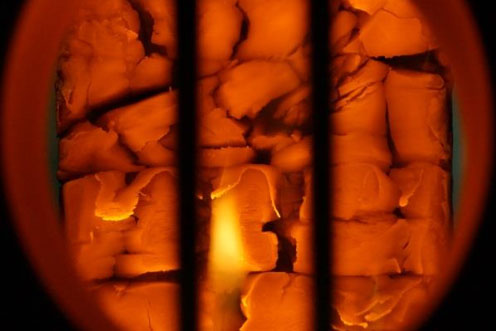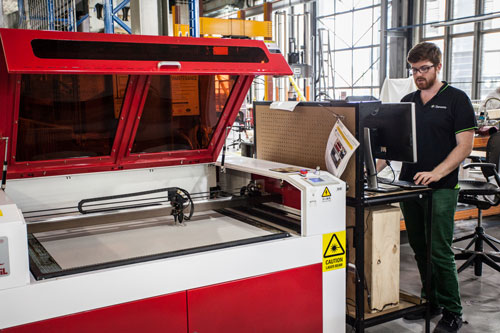Timber engineering research
The Centre for Future Timber Structures has identified both barriers and benefits associated with the use of timber as a construction material in complex structures.
We are committed to increasing the competitiveness of timber-based construction and supporting industry in overcoming perceived and potential limitations in the use of timber for medium and high rise construction.


